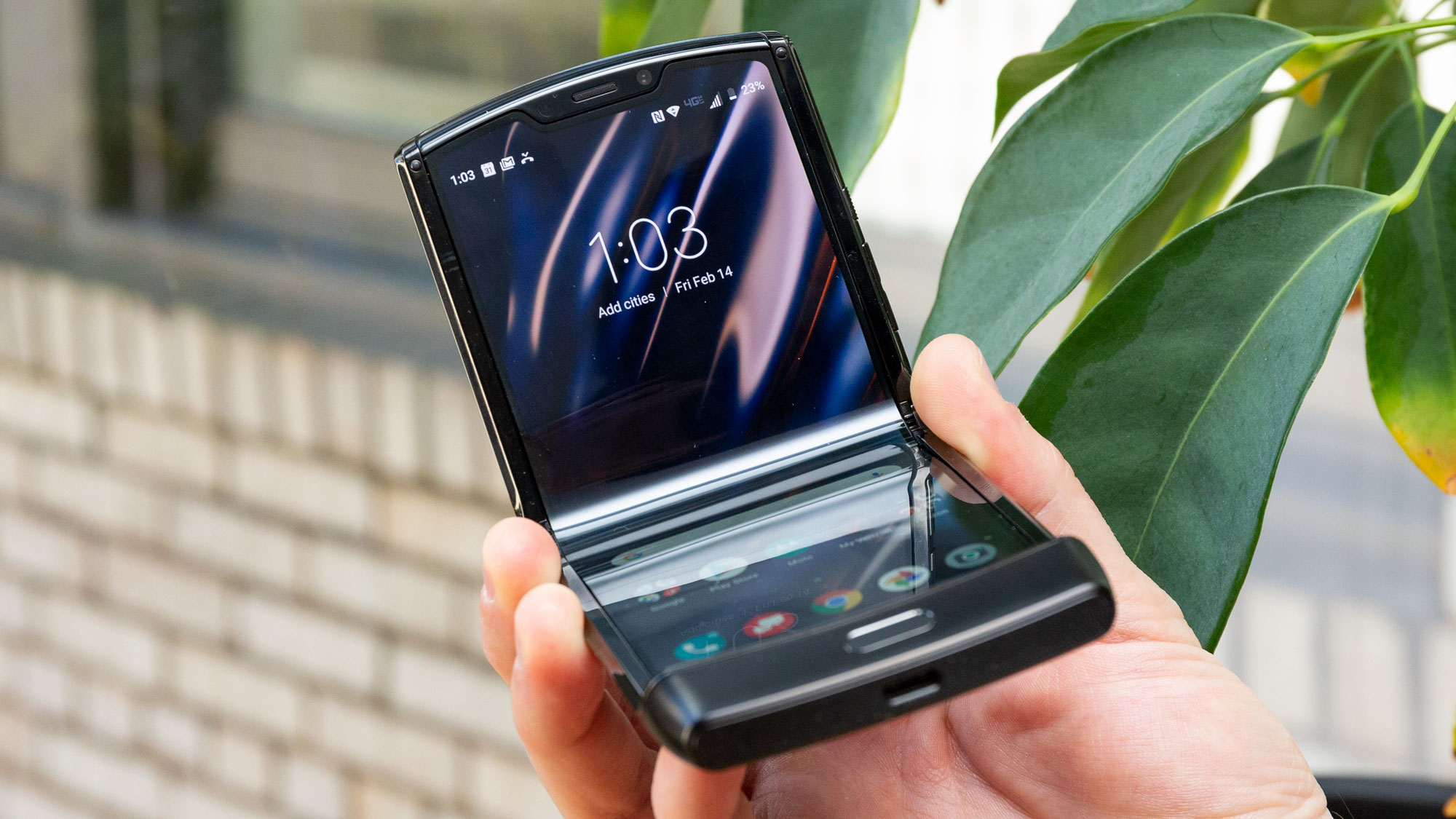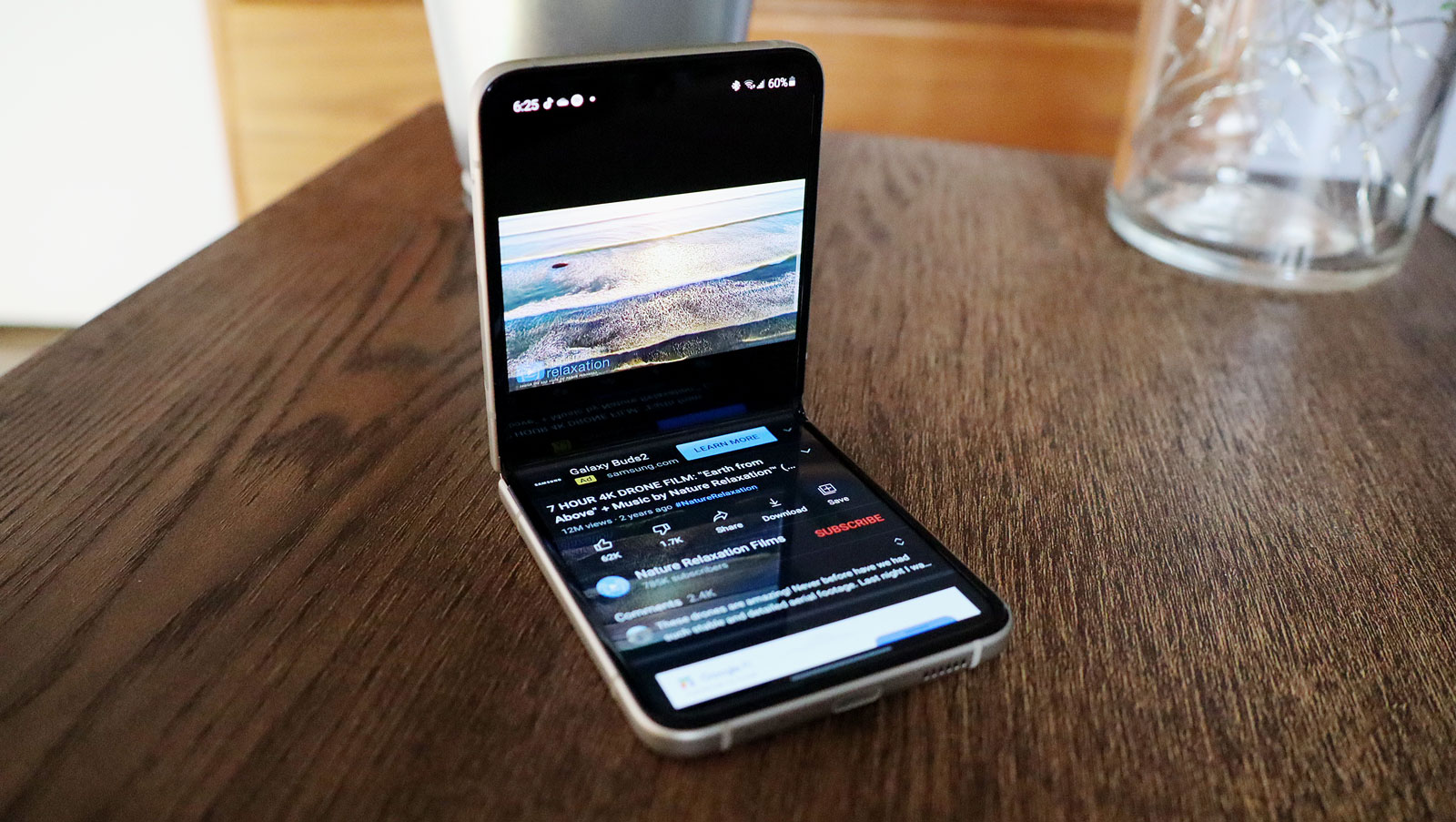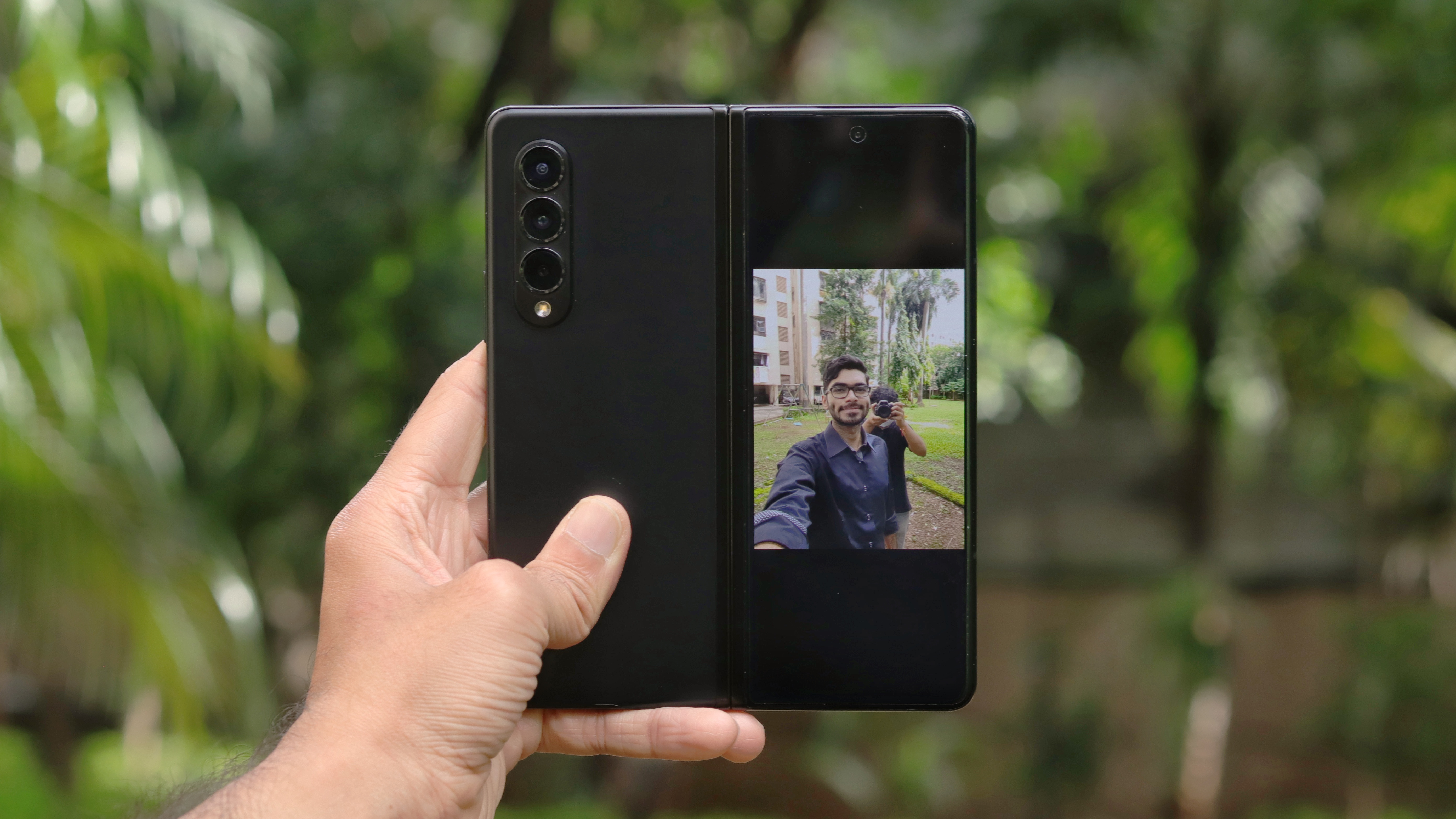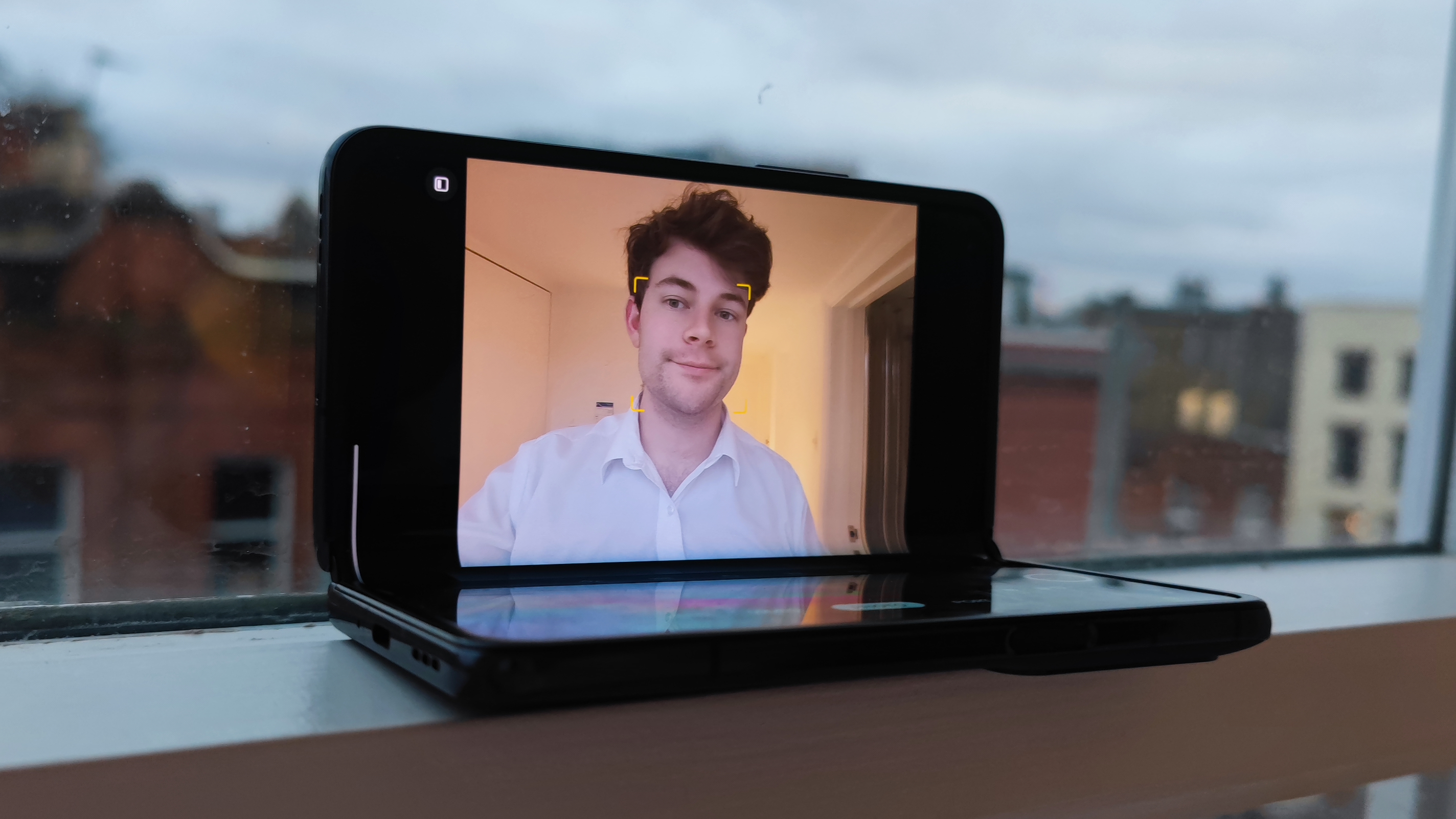Why 2022 is the year when we'll see more foldable phones
It could finally be the year

We’ve seen foldable phones for a while now - after Samsung launched its original Galaxy Fold in 2019, a few companies have made various attempts to make moldable mobiles a serious part of their output.
Samsung launched a couple of flexing smartphones since 2019, and Huawei and Motorola have both launched multiple; Xiaomi, Microsoft, Royole and recently Oppo can’t be forgotten about either.
But despite the existence a good few foldable phones, they’re still not the ubiquitous gadget we thought they would be more than two years ago, and we haven’t even seen half the flexing mobiles we expected to - where’s the iPhone Flip? Where’s the Pixel Fold? What about the devices from Vivo, OnePlus, Realme or TCL that we expected?
Well, for fear of repeating something we say every year: it might change soon. We really think 2022 could be the year when loads more foldable phones launch.
Parts are getting cheaper

Without a doubt, one of the biggest hurdles that put people off foldable phones in the early days of the design was the price. The original Galaxy Fold debuted for $1,980 / £1,900 / AU$2,900 and things stayed that bad for a while from various brands.
In 2021 we saw the first ‘affordable’ foldable phone though - it may be a stretch to call the $999 / £949 / AU$1,499 Samsung Galaxy Z Flip 3 affordable since that’s still a lot of money, but it’s also a lot less than the original Fold.
Why has the price reduced so much? Well the Z Flip 3 is smaller than the Fold, but the real reason is that the technology is older, and manufacturers have found ways to produce the parts for less. New tech is always pricey until it’s been made for a while, and for bending screens and hinges it’s no different.
Get daily insight, inspiration and deals in your inbox
Sign up for breaking news, reviews, opinion, top tech deals, and more.
So we’ll very likely start to see low-cost foldable phones debut pretty soon - and when we say ‘low-cost’ we genuinely mean low-cost, to the degree that flexing mobiles become an option to people without high budgets.
In addition, some brands which only deal in affordable products, like HMD Mobile and TCL for example, might be able to join in the fun, meaning more companies are bringing foldables to market.
Not a novelty for Samsung

When foldable phones first launched, they were (rightly) treated as novelties. They were shown off with fanfare at special events just for them, taking place at random times of the year, even if they were actually released months later (or not at all).
But that’s not how consumer smartphones really work. Generally (though not exclusively), we see each new generation of smartphone in a family launched at yearly intervals. Samsung Galaxy handsets generally launch at the beginning of the year, every year, and iPhones have come in the last few months of the year for ages now.
Foldables being launched sporadically seemed to indicate that, while they were a big deal, companies weren’t treating them as a core part of their mobile line-up. Instead, they were a fun novelty that companies wanted people to buy, but not at the expense of sales of the brand’s actual mobile lineup.
That changed in 2021, though, with the Samsung Galaxy Z Flip 3 and Z Fold 3. Samsung unveiled both at the same time as a family of phones (like how you’d see a standard, Lite and/or Pro model together) and as a replacement for the Galaxy Note 21 devices.
This told us that Samsung is treating its foldables like a series line of mobiles and it led phone fans, consumers and journalists alike to treat it more seriously as a phone you might consider buying.
Many other companies can - and probably will - learn a lesson from this. By treating foldable phones as a serious prospect that consumers consider buying, they might end up doing so. Hopefully in 2022, we’ll see this learning pay off.
Many more companies experimenting

There was a long period of time when Samsung, Huawei and Motorola were the only companies making foldable phones, and even they weren’t putting them out regularly, as we’ve already explored.
That’s not the case any more though. In 2021 we’ve also seen debut efforts from Xiaomi and Oppo, as well as the second-gen models from Microsoft and Royole. The most recent one was the Oppo Find N, which fixes some of the biggest problems with competitors’ devices, like the lack of an obvious screen crease.
While 2021 was warm compared to previous years, 2022 is promising to be a hot year as rumors point to similar devices from TCL, Realme, Vivo, Google, Apple and more. Some of those anticipated mobiles might arrive later, and some brands might put out multiple models. For example, TCL might have multiple affordable foldables on the way based on concepts they've shown off, and the second Xiaomi Mix Fold is basically confirmed at this point.
Competition is a healthy thing for any kind of industry, and once loads of brands have put out foldable phones, it’ll encourage others to throw their hat in the ring before they get shown up. Plus, it’ll encourage companies to make worthy devices, instead of fragile or temperamental foldables.
We’re hoping the tipping point comes in 2022, which seems likely given the amount of foldables there are right now. We’ll have to wait and see, but even if every company that already has flexing mobiles release one more, that’s still lots of new devices to enjoy.

Tom Bedford joined TechRadar in early 2019 as a staff writer, and left the team as deputy phones editor in late 2022 to work for entertainment site (and TR sister-site) What To Watch. He continues to contribute on a freelance basis for several sections including phones, audio and fitness.